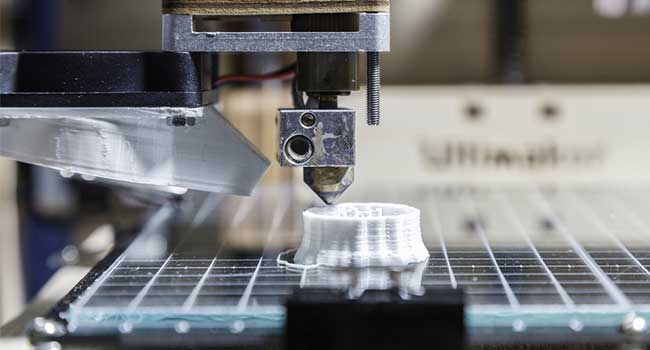
Utah Police Stop Potential Campus Shooting with 3D-Printed Gun
A man faces a criminal charge after police say he threatened to commit a mass shooting at a school using a 3D-printed gun.
A South Jordan, Utah man faces a criminal charge after police say he threatened to commit a mass shooting at a small South Salt Lake school using a gun made from a 3D printer.
Austin James David West, 23, was charged Aug. 9 in South Salt Lake Justice Court with making a threat of violence, a class B misdemeanor. On Aug. 8, West was arrested at his home after he talked with another student "about using a gun to shoot students at Broadview University," according to a Salt Lake County Jail report.
"The statements were forwarded to the university which caused the university dean to be fearful that a school shooting was actually going to take place. An email had to be sent to faculty and students warning them of the threat of a shooting at the school. The school chose to remain open," according to the report.
Broadview Entertainment Arts University is located at 240 E. and 2430 South.
West sent several texts to another student he has known for several years, stating that he would commit a shooting that “people would be talking about.”
"The text messages sent by the suspect reference killing people with a 3D printed gun so the gun could not be traced back to him.
The messages were allegedly sent on Aug. 7 between 7 and 11 p.m. The other student forwarded the messages to a school professor at 11:20 p.m.
The other student believed Austin could be capable of committing a mass casualty type event such as a school shooting, and told police that West had been "verbally aggressive" in the past. He also was fearful of his demeanor.
Police served a warrant at West's South Jordan home Aug. 8 where he lives with his parents and seized a 3D printer. His next court appearance is scheduled for Sept. 26.
On Monday, a Seattle federal judge approved a motion to block a Texas man from releasing blueprints that could be downloaded online for 3D-printed guns.